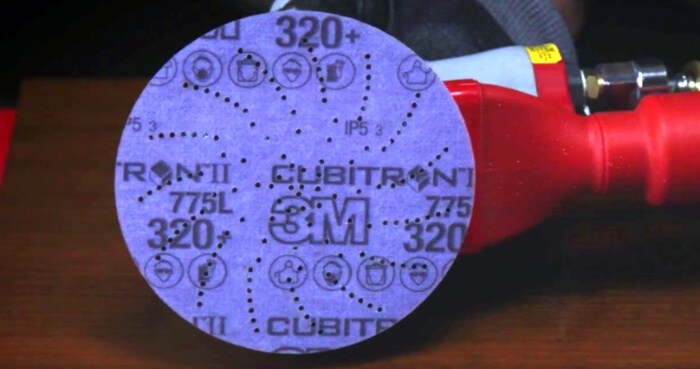How to scuff prime using 3M sanding discs!
Posted by The ACL Team on 14th May 2021
Many customers are unaware of the recent improvements in sanding disc. These discs are often treated as a commodity. However, 3M can show you how to save time and money by using the correct sanding discs for your application.
3M™ Cubitron™ II Hookit™ Clean Sanding Film Disc 775L features 3M Precision Shaped Ceramic Grain, a revolutionary advancement in abrasive technology. The triangular shaped ceramic mineral is designed to slice through the substrate, rather than gouging or “plowing” like conventional abrasives, resulting in a disc that cuts up to 2x as fast and lasts up to 6x as long as conventional abrasives.
These discs are ideal for a broad range of applications focused primarily on stock removal, and are effective on a wide variety of substrates, including metals, composites, gelcoat, and whitewood. The film backing offers greater tear resistance than paper discs, for additional durability and edge retention. For best results, pair with 3M™ Elite Random Orbital Sanders.
Keep reading below to see how it works, and for some handy tips from abrasive expert Nathan Bamford.
Nathan is an employee of 3M Abrasives Systems
Nathan says:
- Starting and stopping the tool - start the tool or actuate the tool while it is flat on the surface and stop it as you're lifting it from the surface. This will help minimise swirl marks or potential dipping when stopping the tool.
- Using proper tool pressure - grip the tool firmly, but don't apply a lot of force or pressure. While running the tool, make sure it is not tipping to avoid dips in the surface or deeper scratches.
- It's important to follow a very specific pattern. This is the north-south east-west pattern. Work on the surface front to back with overlapping passes. Overlap approximately half the pad to give even coverage. Then, begin working side to side on the panel.
Check out the 3M 775L Sanding Discs Video
Happy Sanding!

